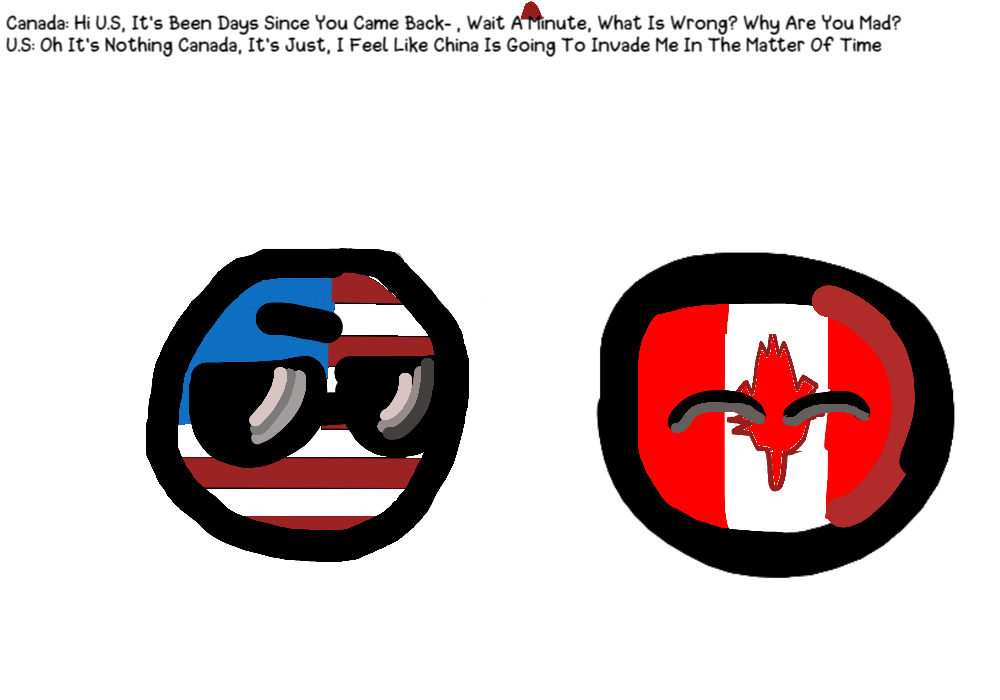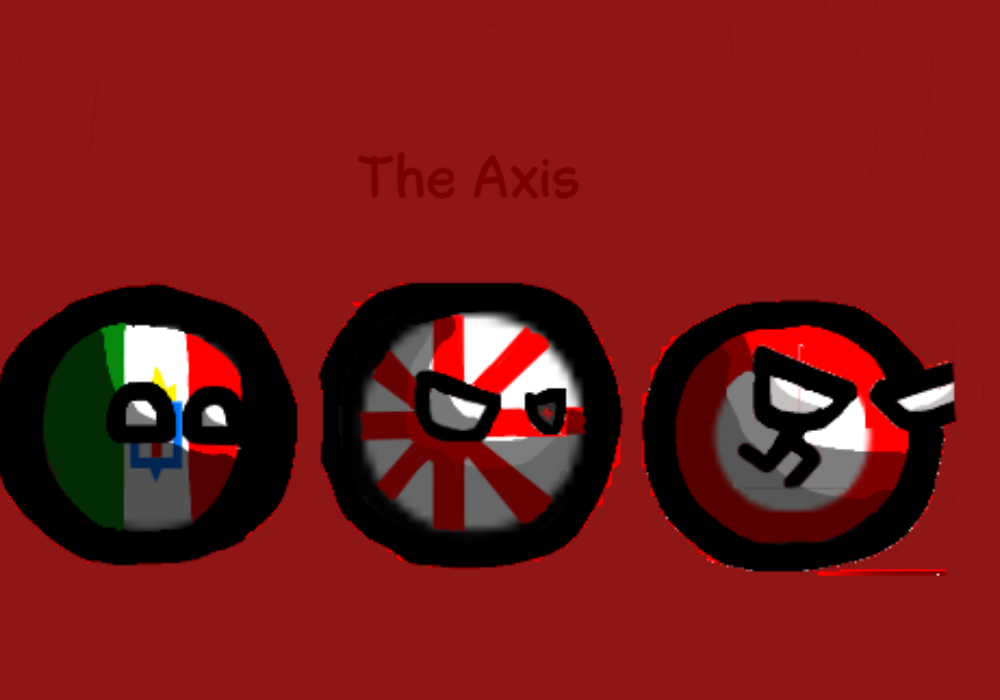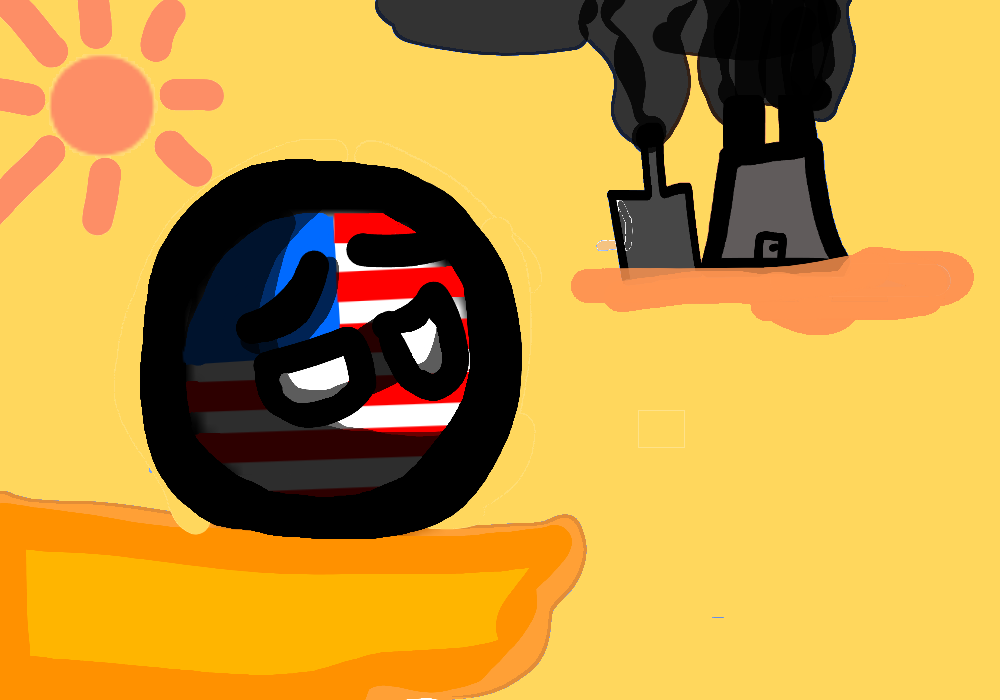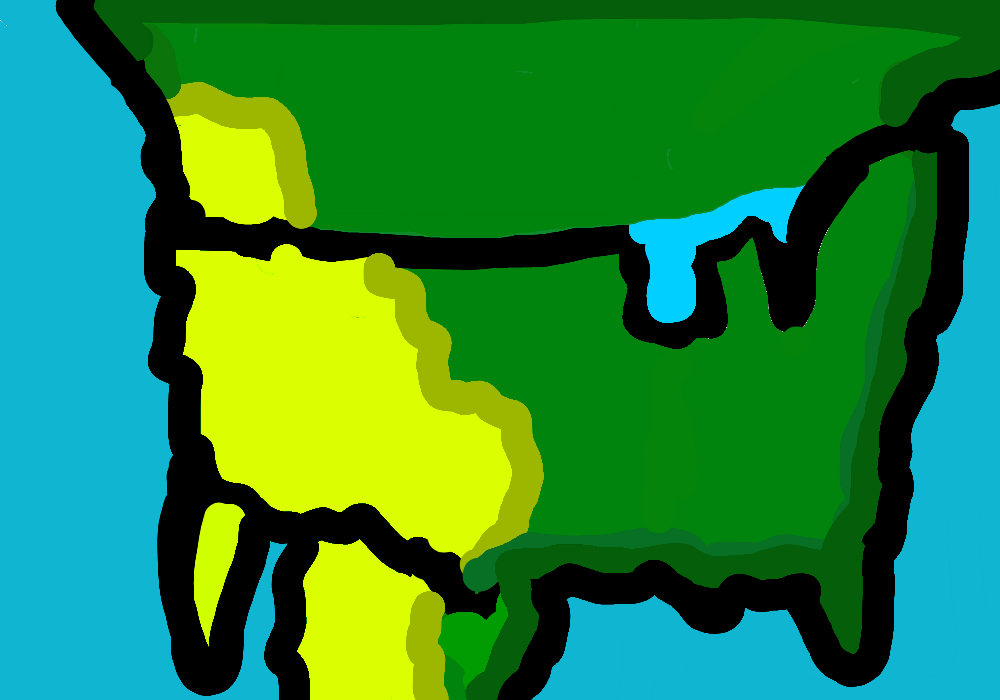
@Justin14
52 followers
161 following
The Flag Of Texas
Texas lies between two major cultural spheres of Pre-Columbian North America: the Southwestern and the Plains areas. Archaeologists have found that three major Indigenous cultures lived in this territory, and reached their developmental peak before the first European contact. These were:[28] the Ancestral Puebloans from the upper Rio Grande region, centered west of Texas; the Mississippian culture, also known as Mound Builders, which extended along the Mississippi River Valley east of Texas; and the civilizations of Mesoamerica, which were centered south of Texas. Influence of Teotihuacan in northern Mexico peaked around AD 500 and declined between the 8th and 10th centuries.
When Europeans arrived in the Texas region, the language families present in the state were Caddoan, Atakapan, Athabaskan, Coahuiltecan, and Uto-Aztecan, in addition to several language isolates such as Tonkawa. Uto-Aztecan Puebloan and Jumano peoples lived neared the Rio Grande in the western portion of the state and the Athabaskan-speaking Apache tribes lived throughout the interior. The agricultural, mound-building Caddo controlled much of the northeastern part of the state, along the Red, Sabine, and Neches River basins.[29][30] Atakapan peoples such as the Akokisa and Bidai lived along the northeastern Gulf Coast; the Karankawa lived along the central coast.[31] At least one tribe of Coahuiltecans, the Aranama, lived in southern Texas. This entire culture group, primarily centered in northeastern Mexico, is now extinct.
No culture was dominant across all of present-day Texas, and many peoples inhabited the area.[32] Native American tribes who have lived inside the boundaries of present-day Texas include the Alabama, Apache, Atakapan, Bidai, Caddo, Aranama, Comanche, Choctaw, Coushatta, Hasinai, Jumano, Karankawa, Kickapoo, Kiowa, Tonkawa, and Wichita.[33][34] Many of these peoples migrated from the north or east during the colonial period, such as the Choctaw, Alabama-Coushatta, and Delaware.[29]
The region was primarily controlled by the Spanish until the Texas Revolution. They were most interested in relationships with the Caddo, who were—like the Spanish—a settled, agricultural people. Several Spanish missions were opened in Caddo territory, but a lack of interest in Christianity among the Caddo meant that few were converted. Positioned between French Louisiana and Spanish Texas, the Caddo maintained relations with both, but were closer with the French.[35] After Spain took control of Louisiana, most of the missions in eastern Texas were closed and abandoned.[36] The United States obtained Louisiana following the 1803 Louisiana Purchase and began convincing tribes to self-segregate from whites by moving west; facing an overflow of native peoples in Missouri and Arkansas, they were able to negotiate with the Caddo to allow several displaced peoples to settle on unused lands in eastern Texas.
When Europeans arrived in the Texas region, the language families present in the state were Caddoan, Atakapan, Athabaskan, Coahuiltecan, and Uto-Aztecan, in addition to several language isolates such as Tonkawa. Uto-Aztecan Puebloan and Jumano peoples lived neared the Rio Grande in the western portion of the state and the Athabaskan-speaking Apache tribes lived throughout the interior. The agricultural, mound-building Caddo controlled much of the northeastern part of the state, along the Red, Sabine, and Neches River basins.[29][30] Atakapan peoples such as the Akokisa and Bidai lived along the northeastern Gulf Coast; the Karankawa lived along the central coast.[31] At least one tribe of Coahuiltecans, the Aranama, lived in southern Texas. This entire culture group, primarily centered in northeastern Mexico, is now extinct.
No culture was dominant across all of present-day Texas, and many peoples inhabited the area.[32] Native American tribes who have lived inside the boundaries of present-day Texas include the Alabama, Apache, Atakapan, Bidai, Caddo, Aranama, Comanche, Choctaw, Coushatta, Hasinai, Jumano, Karankawa, Kickapoo, Kiowa, Tonkawa, and Wichita.[33][34] Many of these peoples migrated from the north or east during the colonial period, such as the Choctaw, Alabama-Coushatta, and Delaware.[29]
The region was primarily controlled by the Spanish until the Texas Revolution. They were most interested in relationships with the Caddo, who were—like the Spanish—a settled, agricultural people. Several Spanish missions were opened in Caddo territory, but a lack of interest in Christianity among the Caddo meant that few were converted. Positioned between French Louisiana and Spanish Texas, the Caddo maintained relations with both, but were closer with the French.[35] After Spain took control of Louisiana, most of the missions in eastern Texas were closed and abandoned.[36] The United States obtained Louisiana following the 1803 Louisiana Purchase and began convincing tribes to self-segregate from whites by moving west; facing an overflow of native peoples in Missouri and Arkansas, they were able to negotiate with the Caddo to allow several displaced peoples to settle on unused lands in eastern Texas.
Other Minitoons by @Justin14








































































































